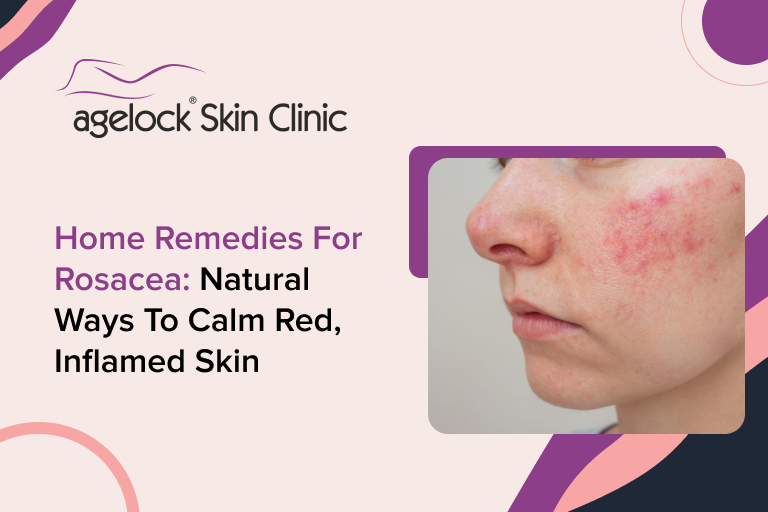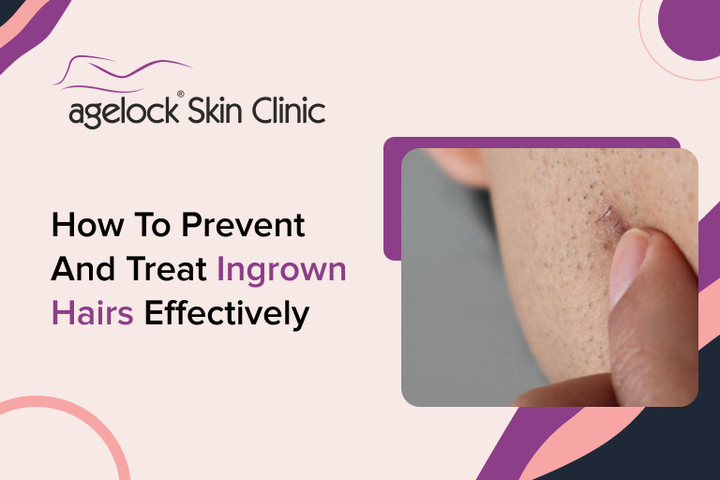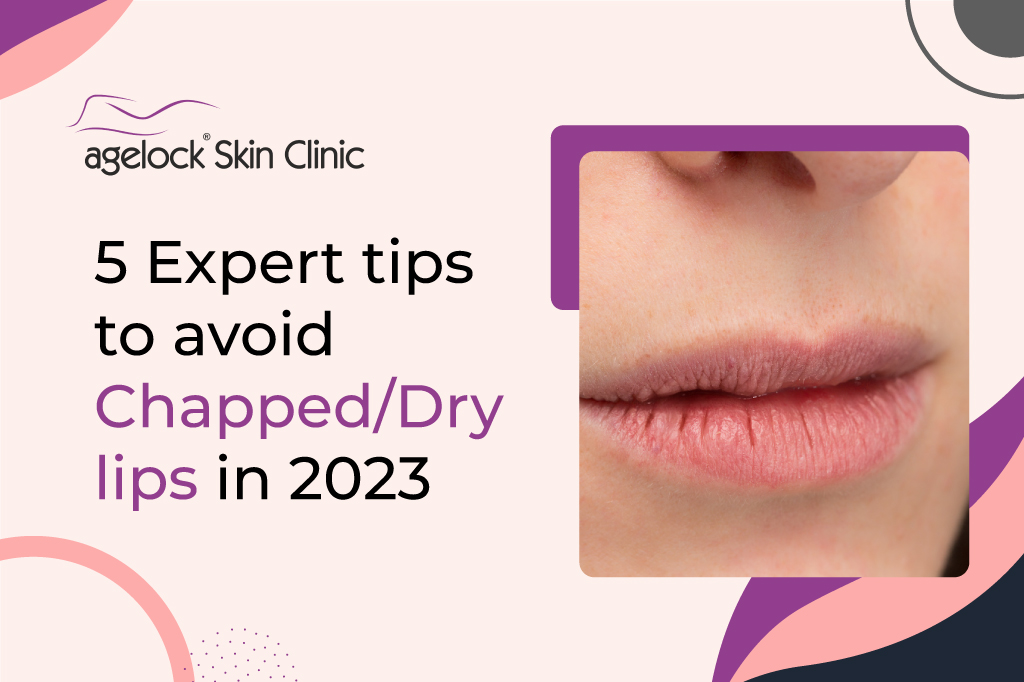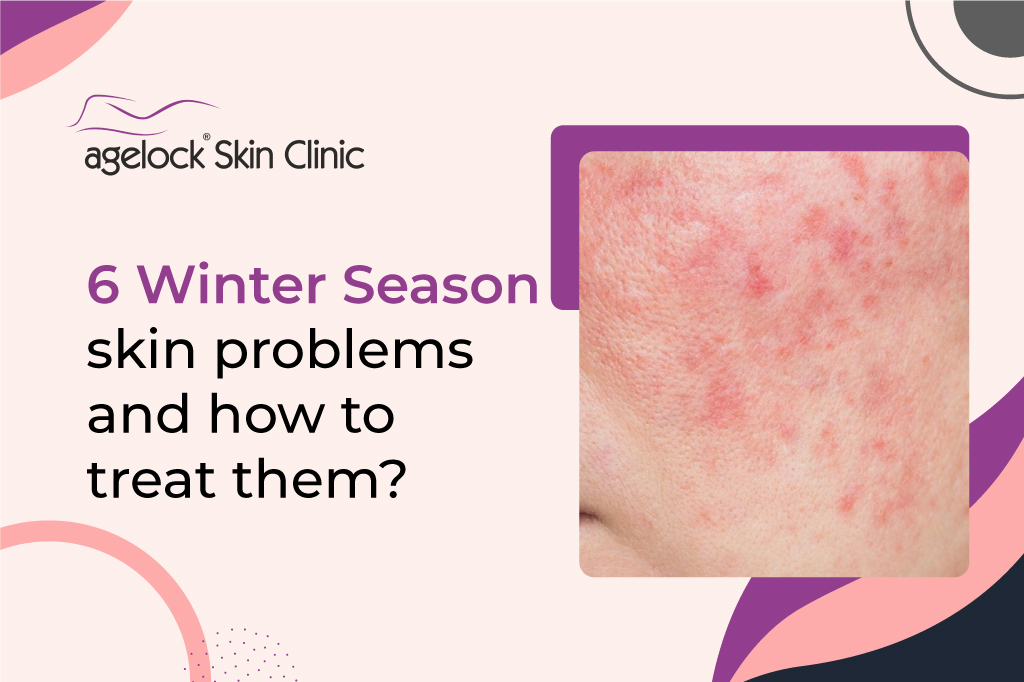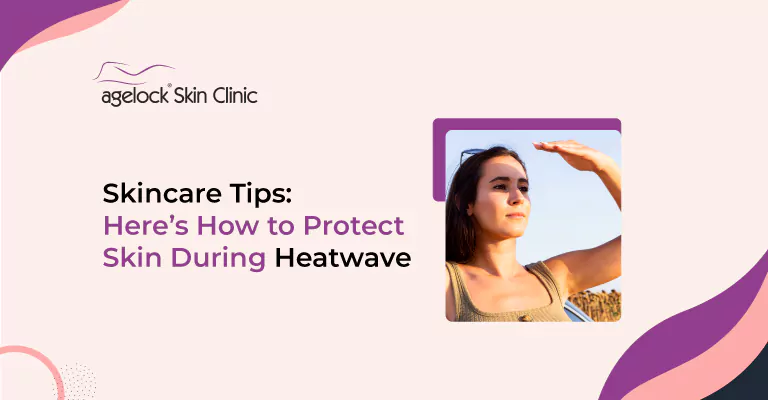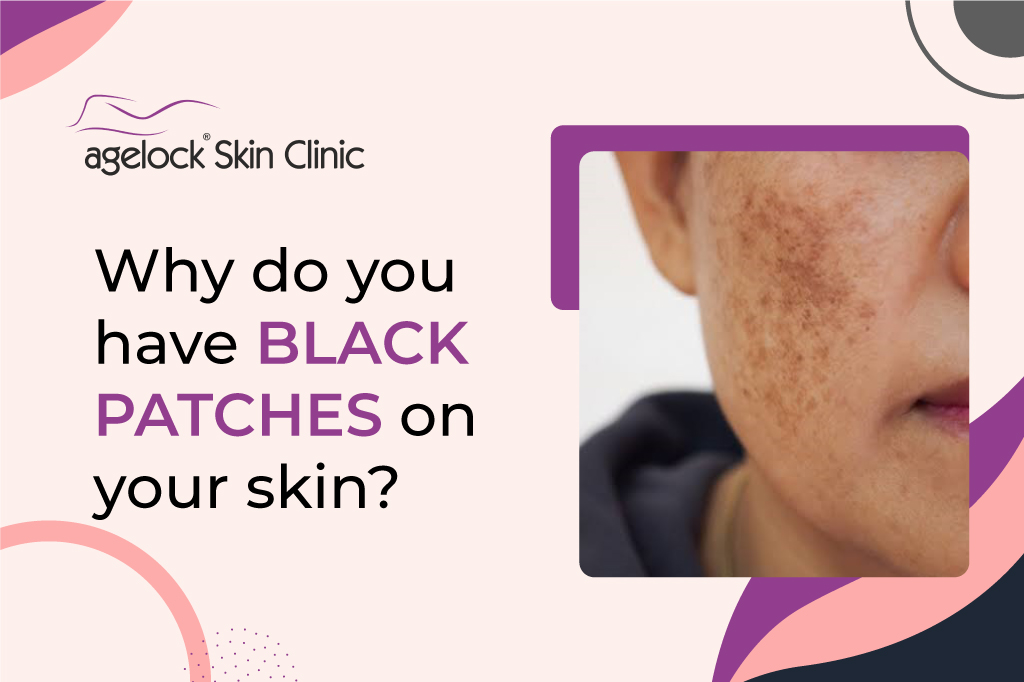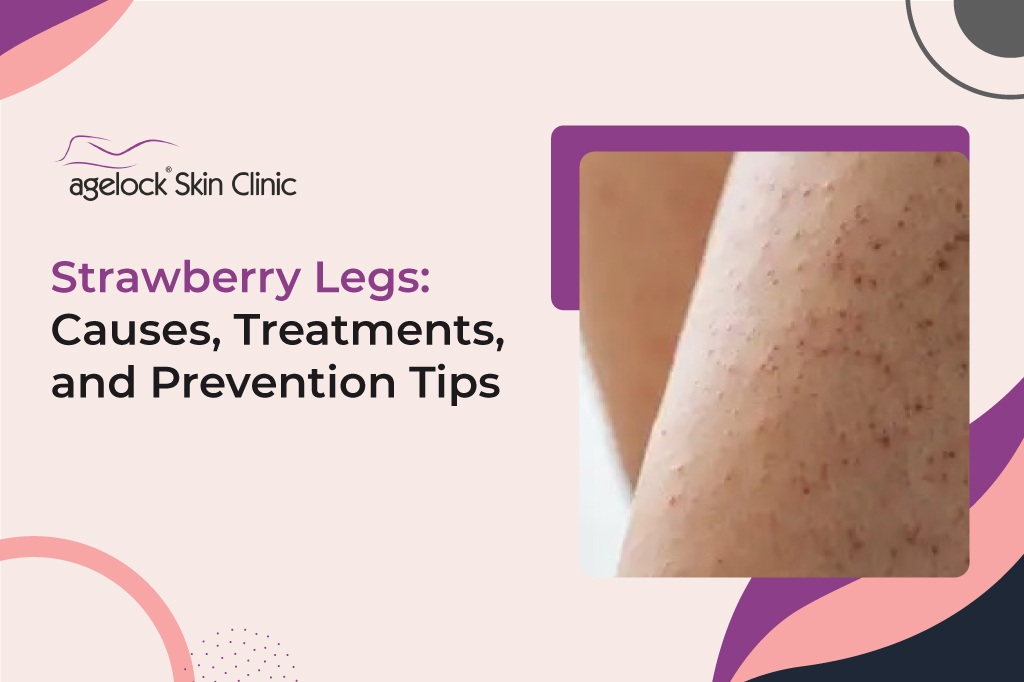Are you confused about dry and dehydrated skin? Most people think that they both are the same, but there is a big difference between dry and dehydrated skin. However, they might cause similar symptoms.
You might be wondering about the difference between dry skin and dehydrated skin.
Continue reading this blog article to find out the characteristics of each to figure out which one you might have.
Difference between dry and dehydrated skin
Dehydration is a skin condition that occurs when your skin lacks water. It usually results from a lack of water that makes the body unable to perform its usual functions. This might happen to anyone. Even people with oily and combination skin also get dehydrated.
Apart from drinking inadequate water, dehydration can also be caused by;
- Excessive sweating during exercise
- Diarrhea
- Fever
- Heatstroke or sunburn
- Health conditions like diabetes or hyperhidrosis
- medications that affect fluid balance, such as laxatives and antihistamines
Dry skin is one of the skin types which lacks oils in the skin. The Stratum corneum,the outermost layer of skin, acts as a barrier, preventing dangerous substances from entering the body from the outside and keeping water inside. The abnormalities in this stratum corneum caused dry skin.
Some causes of dry skin are the following:
- Environments like low humidity, excessive bathing, usage of abrasives, particular ingredients in soaps and detergents
- Hormonal imbalance
- Menopause
- Malnutrition and weight loss
- Age
- Certain skin conditions like dermatitis
- other health conditions, including hypothyroidism or chronic kidney disease
The ways to find if your skin is dry or dehydrated
The pinch test is an excellent method to determine whether your skin is dehydrated. It’s a useful method to begin considering your skin from the inside out. Pinch a small patch of skin on your cheek, chest, abdomen, or the back of your hand, and hold it there for a short period of time. If your skin bounces back, you probably are not dehydrated. You may be dehydrated if it takes you a while to get back.
If you have dehydrated skin, you might notice
- Darkness around your eyes
- Skin dullness
- Skin itchiness
- Wrinkles and more sensitive fine lines
On the other hand, dry skin is not the issue with a lack of water. It is a skin type like oily and combination skin, by lack of oils which gives the complexion a more flaky and dry appearance.
If you have dry skin, you might notice
- scaly texture
- Redness or irritated skin
- Whites flakes
- higher occurrence of dermatitis, eczema, or psoriasis
Methods to prevent dry and dehydrated skin
While dehydrated skin focuses on preserving conditions inside the body, dry skin focuses mainly on external factors.
Staying hydrated is the most important way to prevent dehydration. Drinking adequate water can eliminate the chances of dehydrated skin.
You should follow certain things to prevent it, such as
- Avoiding caffeine intake
- Reducing alcohol
- Getting adequate sleep
- Eating moisture-rich foods
You can get rid of dry skin completely if it is genetically determined. But you can prevent them from dryness and flakiness by using facial creams or moisturizers. Dry skin can crack and is easier to promote infections. You can reduce this risk by using antibacterial creams in greater exposed areas.
You can follow some methods to prevent dry skin
- Reducing frequent bathing and overbathing
- using lukewarm rather than hot water
- using natural soaps with oil
- applying emollients or moisturizers after showering
Bottom line
No matter what your skin type and skin condition. You can prevent them with some possible changes in your life. When it comes to skincare for maintaining your dry skin, finding the best products that work better for you plays an important role. Although drinking plenty of water is crucial to maintaining your skin looks hydrated and healthy. Always ensure to consult skincare professionals before using any skincare products.



